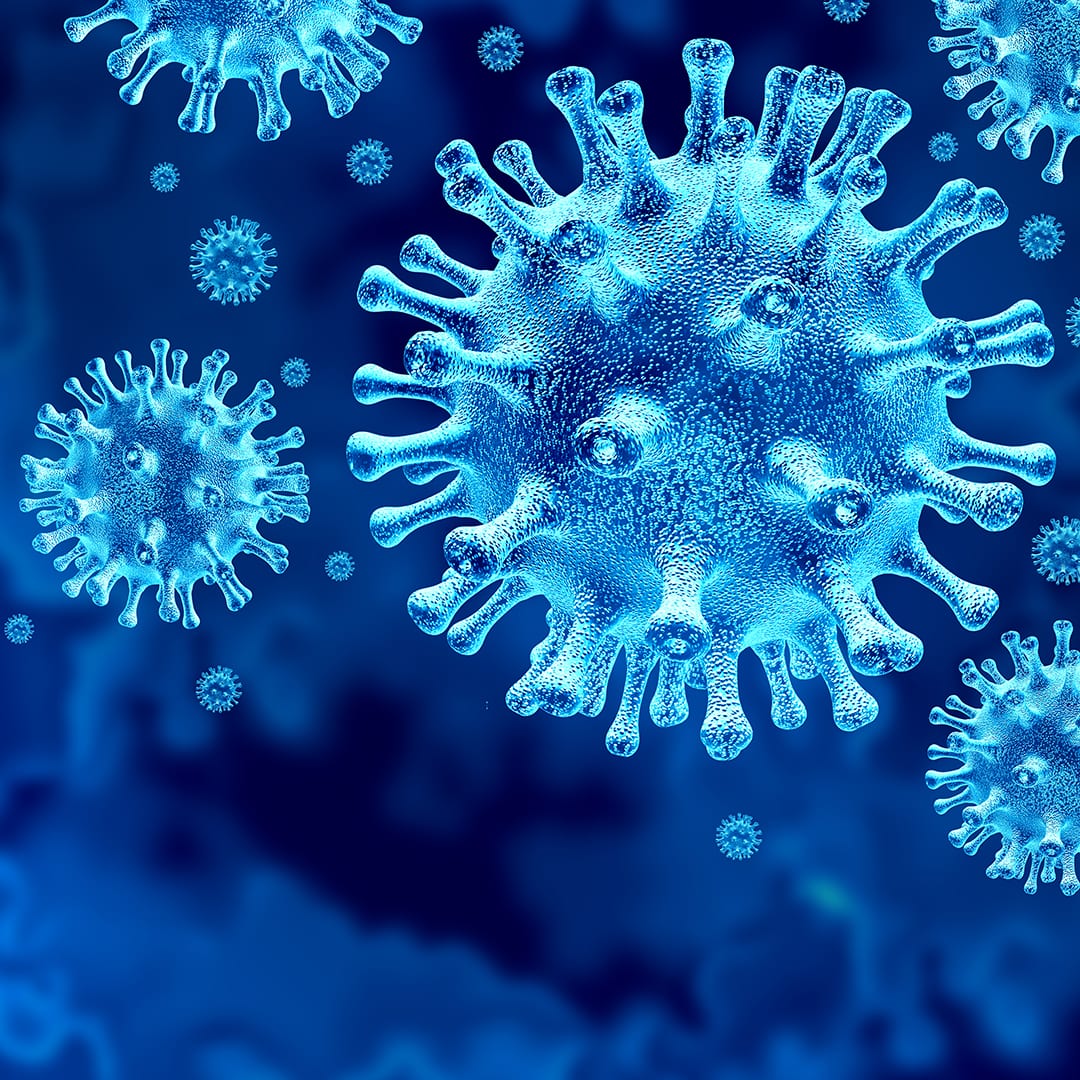COVID-19 Vaccine Success Depends on Equitable Distribution for All
The nation is about to overcome a major hurdle in the battle against COVID-19: development of an effective vaccine. The next essential step is ensuring that those who need the vaccine most can access and afford it.
AVAC is committed to the equitable allocation, distribution, access, and utilization of a future COVID-19 vaccine. On October 22, together with 70 leading partner organizations and allies, AVAC sent a letter to our nation’s top health officials outlining policy recommendations on how to best prepare for this next major public health challenge.
In order to proactively combat rural, socio-economic, and racial disparities and boost vaccination rates among at-risk populations, AVAC urges health officials to act now to implement the following steps:
Provide full transparency at every stage of the process to foster public confidence and maximize vaccine acceptance and use, especially among communities that have been the hardest hit by, and are most susceptible to severe illness as a result of, COVID-19.
Given the unprecedented short timeline of COVID-19 vaccine development, the FDA must communicate to the public that no shortcuts have been taken and that the vaccine meets the FDA gold standards for safety and effectiveness. Any new vaccine must be supported by transparent evidence and expert testimony.
Once a vaccine is authorized, it will be essential for the Advisory Committee on Immunization Practices (ACIP) to recommend a strong and clear vaccine dosing schedule. The ACIP should use the National Academies of Science and Engineering Medicine’s framework for equitable allocation and continue reviewing the research data, in order to make recommendations on who should receive specific COVID-19 vaccines in an ethical and equitable way.
All COVID-19 vaccines should be continuously monitored for safety and efficacy through existing vaccine safety and reporting systems. Robust monitoring will help ensure sustained public trust and confidence in the vaccine.
Ensure information, resources, and vaccines reach and are utilized by at-risk and underrepresented populations.
The same populations that have limited access to healthcare resources have also experienced greater loss during the COVID-19 pandemic due to higher risk of infection and death. These populations include those living in rural areas, below the poverty line, and communities of color. To protect the people who are most vulnerable to COVID-19, we must make sure that they are willing and able to receive the vaccine no matter their insurance status, immigration status, language ability, cultural awareness, chronic health conditions, ability to access care during regular business hours, transportation issues, and more.
We recommend the following policies:
- Information about the new vaccine, the principles and process for allocation, phases of distribution, and priority populations must reach public health officials so they can plan accordingly to respond to the specific needs of their community.
- A strategy to educate and inform healthcare professionals (HCPs) to ensure they have confidence in receiving the vaccine and are able to make a strong recommendation to patients.
- Trusted community leaders and partners should receive proactive, clear, and consistent updates with regard to planning, allocation, and distribution efforts.
- The communications plan should be localized and flexible in its ability to reach different racial and ethnic communities and communities who have limited English proficiency, in order to build trust and acceptance.
Support essential immunization infrastructure and the community-based immunization providers.
At least $8.4 billion in funding for immunization infrastructure is needed to vaccinate all Americans. Investments should be targeted at expanding the ability of public health officials, nurses, pharmacists, and other health care providers to meet demand for a future COVID-19 vaccine and to reach under-vaccinated populations. Other investment priorities include:
- Resources for recruiting and training the necessary additional workforce for state, local, Tribal, and territorial health departments; primary care settings; and pharmacies—with special focus on reaching communities of color and other vulnerable populations.
- Set-up federally supported supplemental vaccination sites in high risk communities and promote new strategies for mass vaccination, such as drive-thru clinics.
- Enhancement of Immunization Information Systems (IIS), which can provide timely and accurate vaccination data, to meet new data standards.
- Adequate Medicaid and Medicare reimbursement to cover the cost of vaccine administration counseling, and eventually the cost of the vaccine.
- Appropriate provider compensation for ancillary supplies, like PPE and syringes.
- Provider compensation for virtual or in-person conversations about the importance and safety of vaccines.
- Eliminate financial barriers to all ACIP recommended vaccines for individuals covered by Medicaid and Medicare.
The success of the COVID-19 vaccine depends on its equitable allocation, distribution, access, and utilization. We must work together to urge health officials to adopt these recommendations and to prepare for the greatest public health effort of our generation.
